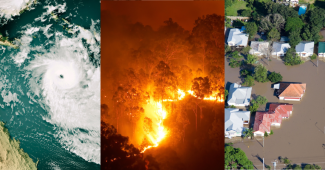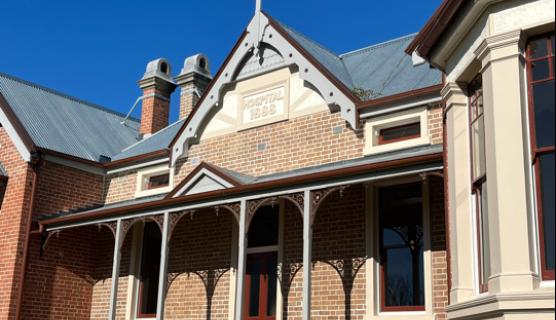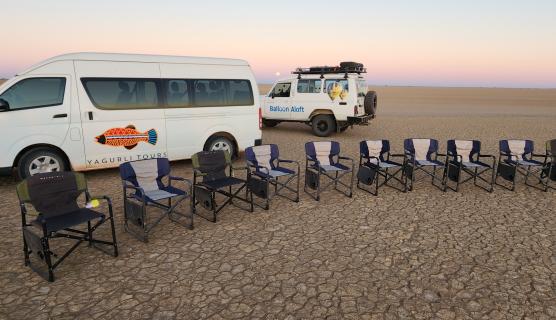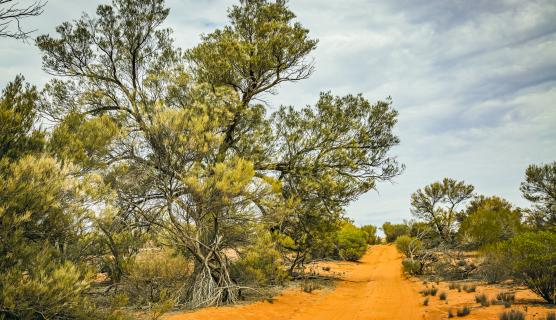This year marks 50 years since the Australian Government established a national emergency management organisation.
The first agency was established in August 1974. This was the National Disaster Organisation within the Department of Defence, headed up by Major-General Sir Alan Stretton CBE, AO and 5 other Director Generals after him until December 1992 when the next iteration of the National Disaster Organisation, Emergency Management Australia (EMA) was formed. The first Director General of EMA was Commodore Clem Littleton AO RAN with the last of nine Directors General of EMA being Joe Buffone PSM in 2022.
“Over the last 5 decades, nationally coordinated efforts have supported local communities through many emergencies,” said Brendan Moon, NEMA’s Coordinator-General.
“This country has seen a bit of everything. From the Brisbane floods and Darwin’s cyclone Tracy in 1974, Ash Wednesday in Victoria and South Australia in 1983, the Newcastle earthquake in 1989, the Thredbo landslide in 1997, Canberra bushfires in 2003 and Black Saturday in 2009 where sadly 173 people died. Just to name a few.”
There are recent events that also come to mind for Australians reflecting on disasters. The Black Summer Bushfires of 2019-20 and the cyclones and flood events throughout 2022-23.
In 2023, the Australian Government supported communities through 38 disaster declarations and 174 Australian disaster events. These events had an impact on almost a quarter (173) of all Local Government Areas.







